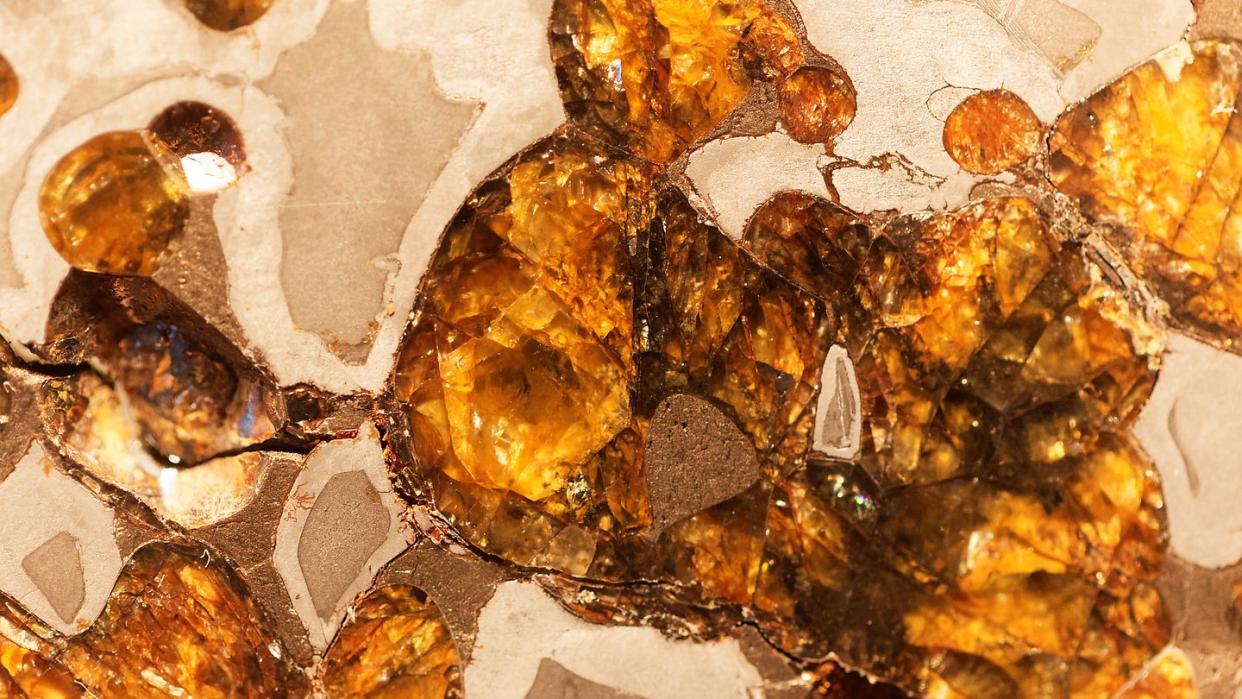This Spanish Treasure Partly Comes from Outer Space

An ancient Spanish treasure discovered 60 years ago yielded some surprising new results when testing showed that pieces were made from meteorite iron.
The treasure features multiple gold items and has been dated to the Iberian Bronze Age.
The 66-item find is known as the Treasure of Villena, and is housed in Spain.
Controversy has swirled around an ancient gold-filled treasure discovered in 1963. But not because of arguments over who owns the 66-piece find—over just exactly what is included in the mix. The key sticking point? An open bracelet or ring and a hollow semisphere, easily two of the less glamorous pieces in the collection known as the Treasure of Villena.
It turns out a meteorite may answer all the questions.
A new study, published in Trabajos de Prehistoria, aims to quell controversy about the origin of the metals that the two pieces in questions are made of. New data supports “both pieces being made of meteoritic iron, implying the possibility of locating their chronology at some point in the Late Bronze Age prior to the beginning of the production of terrestrial iron.”
Originally discovered on December 1, 1963 by Jose Maria Soler, the set of 66 pieces ranges in metals and includes bowls, bracelets, bottles, and gold ornaments. Some pieces mix metals—there are three silver bottles, an iron bracelet, another iron piece with gold ornaments, and an amber and gold button. In total, according to the Jose Maria Soler Archaeological Museum, the collection features nearly 22 pounds of gold and is “considered the most important prehistoric treasure in Europe.”
While iron isn’t as flashy as gold, the origin of the iron in the collection had puzzled experts. The dating of the gold found on the Iberian Peninsula worked out to sometime between 1200 BC and possibly as far back as 1500 BC. The Iron Age and terrestrial iron smelting wasn’t happening on the peninsula before 850 BC at the earliest. That means the iron-looking elements from the Treasure of Villena presented a dating problem.
Apparently, that’s an equation a meteorite can solve. The recent study analyzed the nickel content from the two pieces, showing that the high nickel content falls in line with iron originating from a meteor.
The study took small samples of both items for mass spectrometry readings. The high levels of corrosion won’t present a fully conclusive result, but still give the authors enough certainty to claim that a meteorite was the source of the iron metal found in the treasure.
Not only does the finding line up with the age of the gold from the Treasure of Villena, but it also means this is the first known existence of meteoritic iron used in production on the Iberian Peninsula.
“Iron was as valuable as gold or silver, and in this case [it was] used for ornaments or decorative purposes,” study co-author Ignacio Montero Ruiz, a researcher at the Spanish National Research Council’s Institute of History, told Smithsonian magazine.
Montero Ruiz noted that using “unusual raw material” shows that a highly skilled metalworker was developing new technologies. For the pieces to get included in the treasure mixture—thought to be from an entire community rather than one individual—showed their “enormous value.”
You Might Also Like
